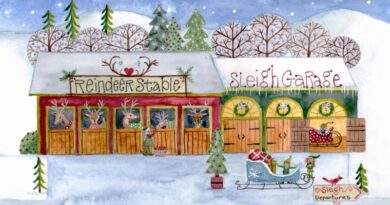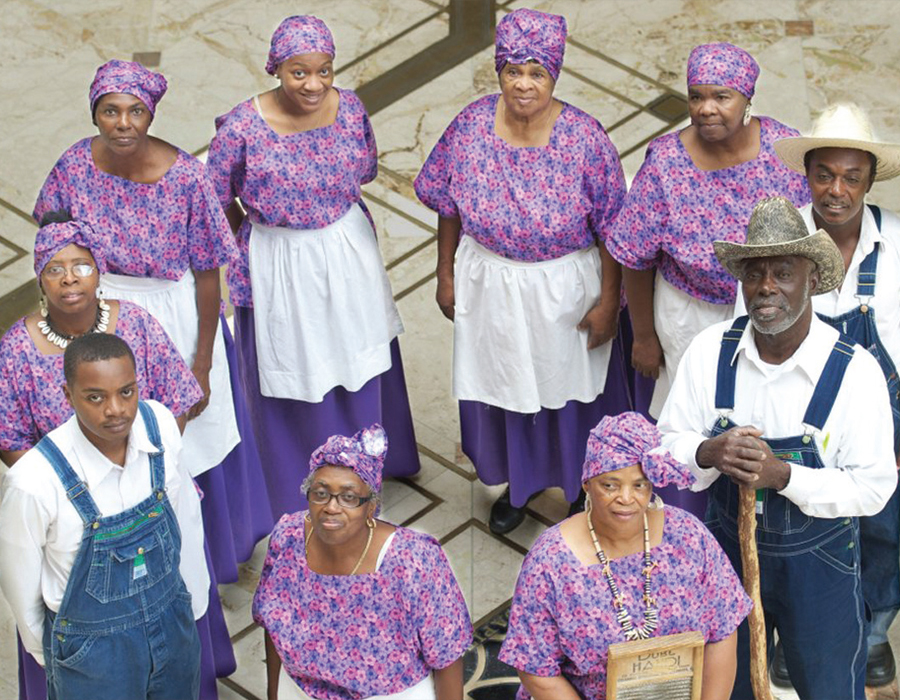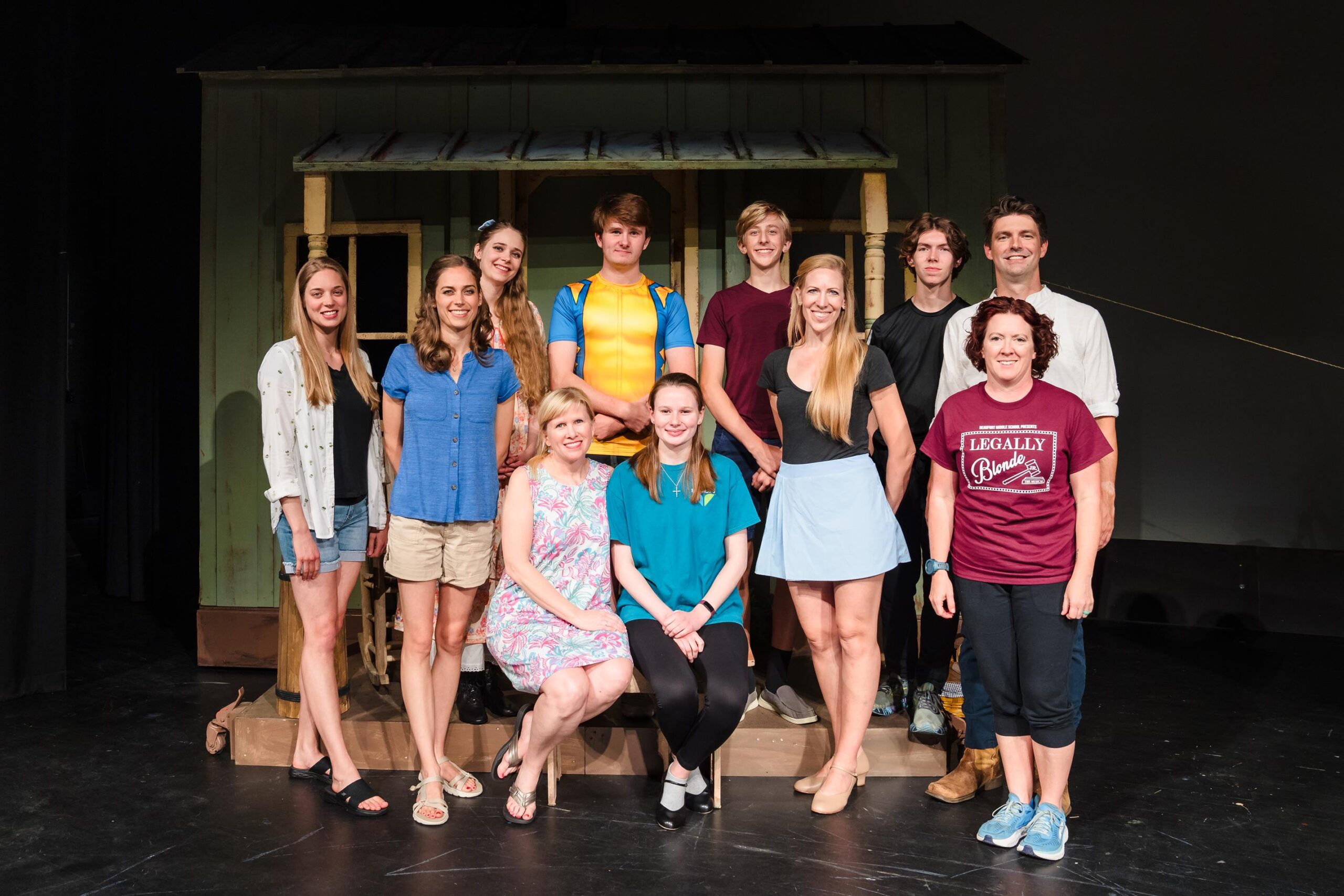Farming: All in the Family
Story By: Mary Ellen Thompson
Photography By: John Wollwerth
As you drive down Sea Island Parkway, between Frogmore and Dulamo on Saint Helena Island, towards the beach, stop on your left at Pasture Shed Farm market and treat yourself to a down home experience. There is something both evocative and sensual about aromas arising from the fresh herbs and produce as you peruse that offerings on the farm stand tables. Strawberries, peaches, onions, basil and lavender are the primary identifiable scents on one given day. In a quick second you remember your grandmothers peach pie, freshly baked and sitting on the window sill to cool, or strawberries mounded on shortcake and slathered with whipped cream. Smells go right to our memory bank, and food, fresh home cooked food especially, equals love.
The Henry family came to Saint Helena Island from New York in 1947 in search of a warmer and easier climate for farming crops and dairy cattle. Now, Charles E. and Nettie K. Henry own the 288 acre Henry Farms which encompasses not only the roadside market with its gardens of fruits, vegetables, herbs and flowers, but also crop farming consisting of corn, soybeans, wheat, and hay, as well as sod. Around 2009 Beaufort County and the USDA took an interest and placed a conservation easement on the property.
Because the USDA doesn’t recognize sod as being a consumable product, the sod and hay are grown on two other parts of the farm and the varieties are St. Augustine, Centipede, Bermuda, and Zoysia.
Both the farm and the market are run with the help of the family, son Craig and his wife Christi, Christi’s sister Peggy Flood, and their brother, Peter Flood. Craig is the manager for the entire farm; Christi is the designer and artist for the market, Peter is in charge of procurements, and Peggy is the market manager. Christie, Peggy and Peter came to Beaufort, when Christi was in third grade, via their father’s career on Parris Island.
Certified as South Carolina Grown and South Carolina Roadside Market, Pasture Shed Farm’s market stand started in 2012 across the street from their present location on Sea Island Parkway, with three wagons selling their overproduction of collards and sunflowers. Craig had the idea to move the cow pasture back and now they have a much larger marketplace easily identifiable by the decorated hay bales, farm wagon, and windmill. Christi calls it a “garden stand” because there is so much diversity in what they have to offer, not only in product but also attractions. Some of the elaborately and eye-catching painted hay bales lead to a maze in which children can wander while their parents shop, the cows can be fed, flowers can be cut. Christi points out that the parking lot is big enough for a camper to turn around.
In addition to purchasing the seasonally grown fruits, vegetables, flowers, and herbs, everyone can take a tour of the gardens, and Christi or Peggy, or whoever is there that day, will give you instruction on how the products are planted and how to cook them. Have you ever heard of kohlrabi? It is a small round, green, funny looking vegetable about the size of a baseball, which, Christi explains, “Tastes like a cross between cabbage and broccoli stems. It’s great in salads, it just has to be peeled and sliced to give salad a crunch sort of like jicama, and it is good steamed or roasted.” She goes on
to point out their bigger carrots which are orange, or white or purple are “Good for eating raw or in salads, the smaller bright orange carrots are great for roasting or nibbling”.
When asked by photographer, John Wollwerth, why vegetables won’t grow in his garden, Christi first asks where he lives. “Pigeon Point” is the answer. “Oh well, it’s the soil over there,” and she explains why and suggests he make a raised bed, what kinds of soil to use, tells him that about sixteen inches of soil should be enough, and points out that he would be better off using seeds than buying plants which may have blight or a disease. Christi asks how many times and what he uses to fertilize, in response to his answer, she tells him once a season isn’t enough for fertilizer, “Think of yourself as a plant. You like to eat, you like to drink, and you eat three or four times a day. You need to fertilize three or four times a season, and you need to use the right amount of water.”
Unlike many other roadside stands that populate the area, Pasture Shed Farm offers some products that they do not grow on the farm so they can be open seven days a week all year long. Peter scours the area and finds those items that are indeed local or regional, but perhaps not to this particular area and soil. The beauty of this is that you can find an assortment of things that are not in season right here at the moment.
For instance, now you can find heirloom peaches at the market. They are funny looking little peaches that have spots and look, well, old. In fact, they are from old trees, hence the name “heirloom” peach. Christi tells a story about them. “The schools were trying to get children to eat fruit but they found that the children only ate a bite or two out of the fruit and left the rest. Then they came across these peaches that a farmer in Florida was growing on old trees that, by the laws of nature he should have cut down, but couldn’t bring himself to do so. They were bearing these little peaches that are about two-bites size and taste amazing. So they gave these to the students who loved them and the farmer got a contract with the schools.” They came here by way of Hurricane Matthew when Henry Farms was used as a repository for the storm debris and the peach farmer was the burning contractor from Florida; he told them about the peaches and started bringing them up here when he came. Everything has a story, and if a particular item wasn’t grown on Pasture Shed Farm, someone can and will tell you exactly from where it did come if you have an interest in knowing.
As you walk around and look at all growing things, you will see tiny basil plants, just barely little leaves nestled in the dirt and popping out of the soil; in another bed will be small basil plants, still spindly and searching for the sun; and on and on their growth cycle continues until they are tall and hardy and just waiting to become pesto or sandwiched in between a tomato and a piece of white bread. Ditto the lavender which is so fragrant that you will simply have to have a bunch to slide into a sachet. All manner of herbs abound to compliment the various fruits and vegetables, and if you walk past the back room you are likely to find Peggy cutting the tops and bottoms off of a basket of radishes, or carrots or washing bags of the best lettuce you can imagine. There is something magical about seeing plants in the growing process and knowing they came right out of the field and into your hands.
Since the produce is fresh, and hasn’t been stored in a facility somewhere with chemical protection, Christi explains that the products have to “Get out and gone. Their shelf life is not that long and they will turn bad quickly.” Of course, they have a built in secondary market for some of the produce with the cows, “Who enjoy their fair share of the vegetables – they like turnips and rutabaga but will not eat asparagus.”
There are thirteen head of mixed cattle on the farm and they have a donkey to protect them from bad dogs and coyotes. When asked if predators get into the growing area which is protected by a high fence, Christi responds “Not really, but if deer do get in, they love melons and will eat them, one bite per melon as they go down the row. However,” she says,“if the cows ever got past that fence, they would destroy everything in sight.”
The time and care that it takes to grow all these crops is immense; “It is very labor intensive and can best be described as a labor of love.” Christi explains that her husband, Craig, “Is addicted to the farming, he plants, tills, re-plants, and is constantly working in the fields and with the crops.” Christi’s largest labors of love are the painted hay bales which are designed to replicate a caterpillar, a ladybug, a bear, a rabbit, and minions this season. Any new design takes an entire weekend to complete, but you tell by the smile in her eyes that she really doesn’t mind the time.




